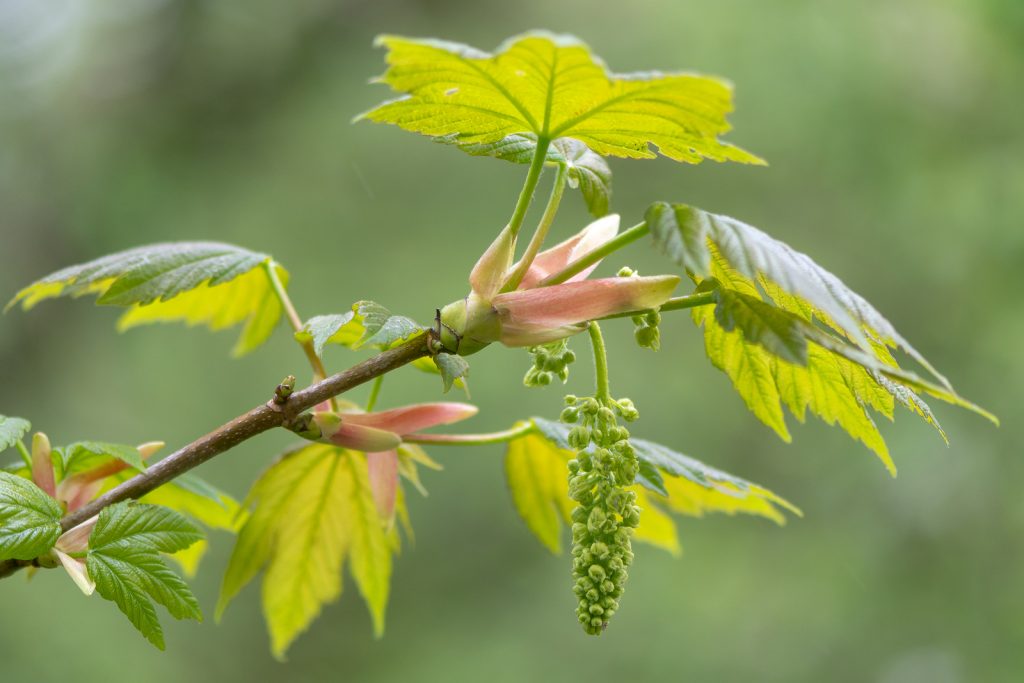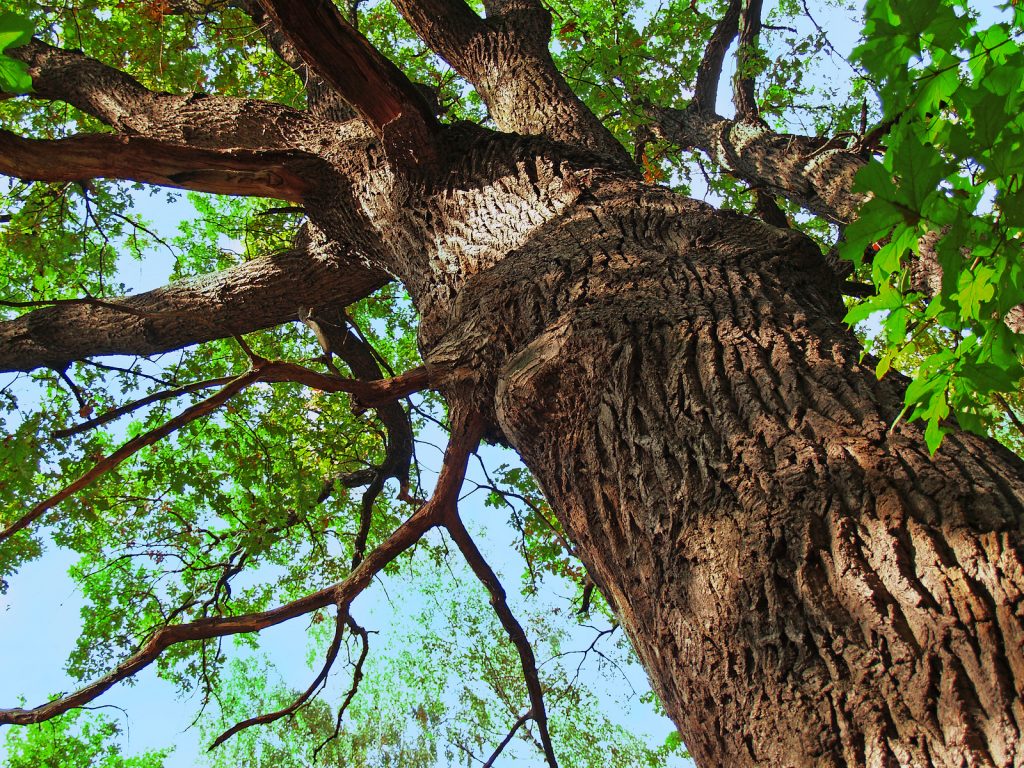An American Sycamore tree is most notable for its exfoliating bark. People love the peeling patches on sycamore trunks.
Healthy Sycamore Trees
The bark of the trunk and its larger limbs tend to flake off in large, irregular masses, giving the surface a mottled look. The bark can be of many colors due to this, from grey to brown to greenish white. The smaller limbs often look whitewashed.
The leaves of these trees are pale green in color. When fully grown they become a bright yellow color on top and a paler yellow underneath. They become a brown color in autumn and wither just before falling away.
A sycamore tree can grow to quite massive proportions. American sycamore trees tend to be divided nearer to the ground into many secondary trunks that are free from branches. The limbs spread out at the top to make an irregular, open crown. The roots are fibrous and it’s noteworthy that trunks of the larger sycamore trees tend to be hollow.
Threats to Your Sycamore
Sycamores are vulnerable to diseases and also insect parasites, similar to almost every category of trees you could plant. As first line of protection, you should keep your tree healthy with good prevention and maintenance care. If your tree is very healthy, it’s much less likely to struggle with health issues. Of course, well irrigated and fertilized sycamore trees can be affected by diseases and pests, too.
Lace Bug
Lace bug is one of the most common and harmful sycamore tree parasites. The lacy pattern on the adult’s chest, wings, and head earn it’s name. The insects eat the under sides of the tree’s leaves.
While the sycamore lace bug’s damage is not always serious, a heavy infestation will slow the tree’s growth. You should wash off bugs with a hose. Insecticides are also readily available for this.
Sycamore Anthracnose
Sycamore Anthracnose is a fungus that winters on twig tissue and causes leaf spots. It’s also called leaf and twig blight, and can kill American Sycamore trees while doing only minor damage to other types. A frequent clue is crinkling and browning of the leaves. Symptoms include tan to red-brown lesions extending along the veins and edges of the leaf.
Considerable defoliation, sometimes with complete leaf loss, occurs on many trees by late spring in cool, wet years. This sycamore tree disease is more likely to strike in wet weather. Rainfall and wind spread the fungi’s spores.
For Sycamore Anthracnose, we use an Arborjet treatment called PHOSPHO-jet applied in the fall following leaf coloration or early spring prior to twig infection. Propizol applied in the fall will slow the spread of infection the following spring and help the tree to grow leaves more normally.
 Bringing Sexy Back Into Your Yards
Bringing Sexy Back Into Your Yards 

